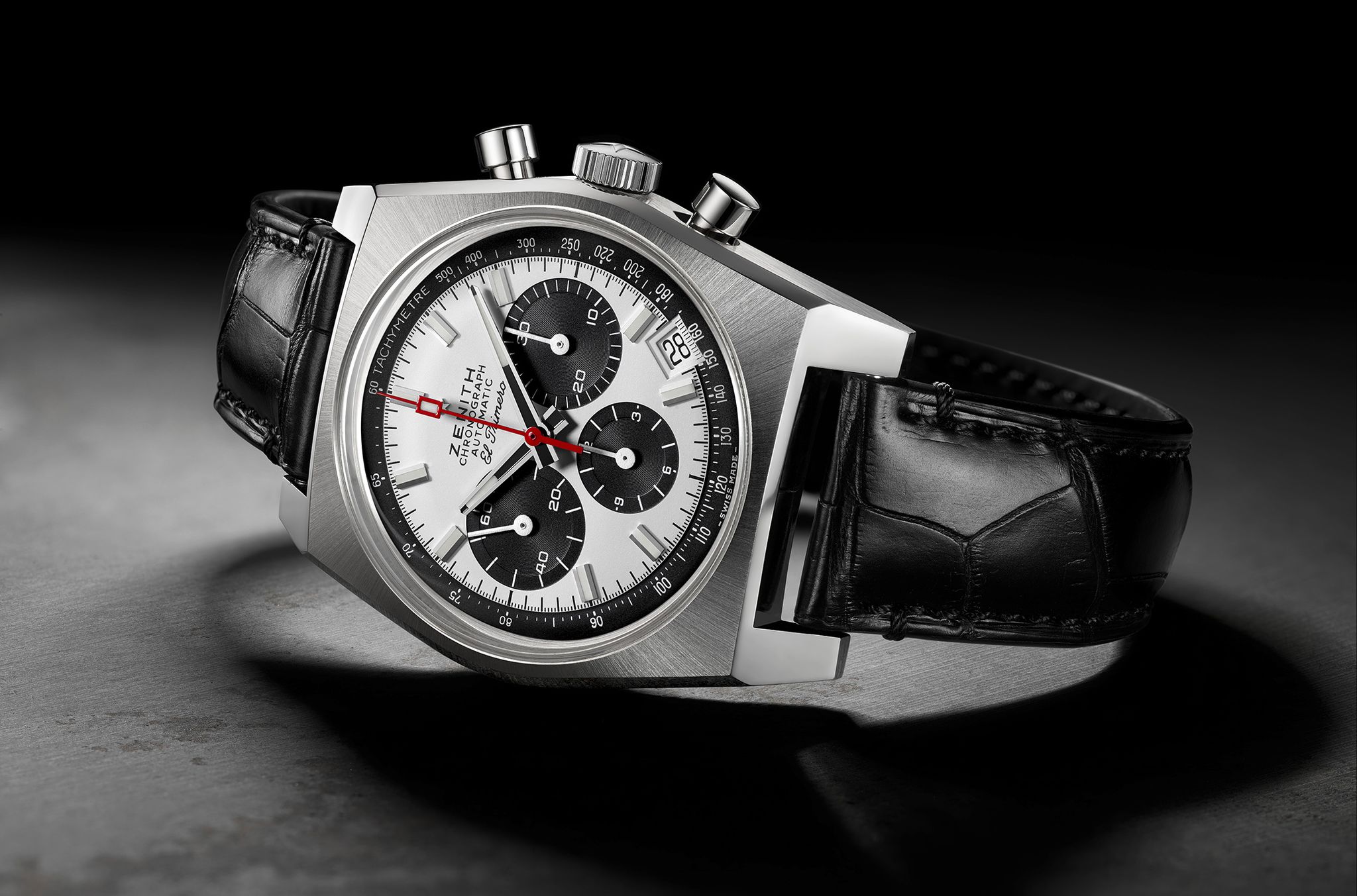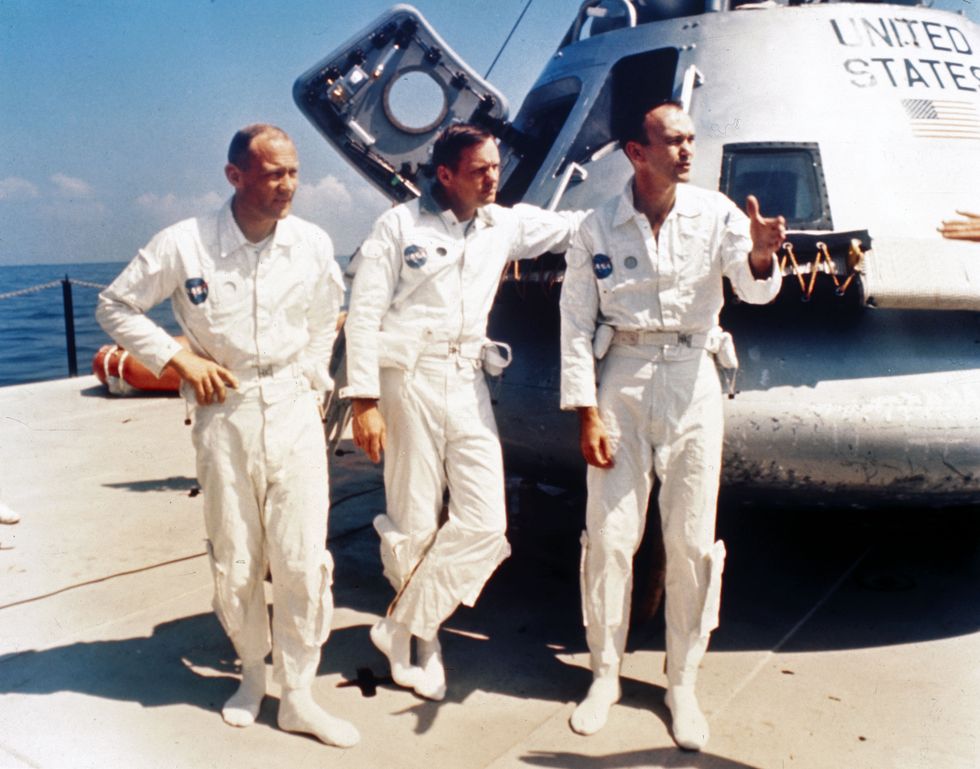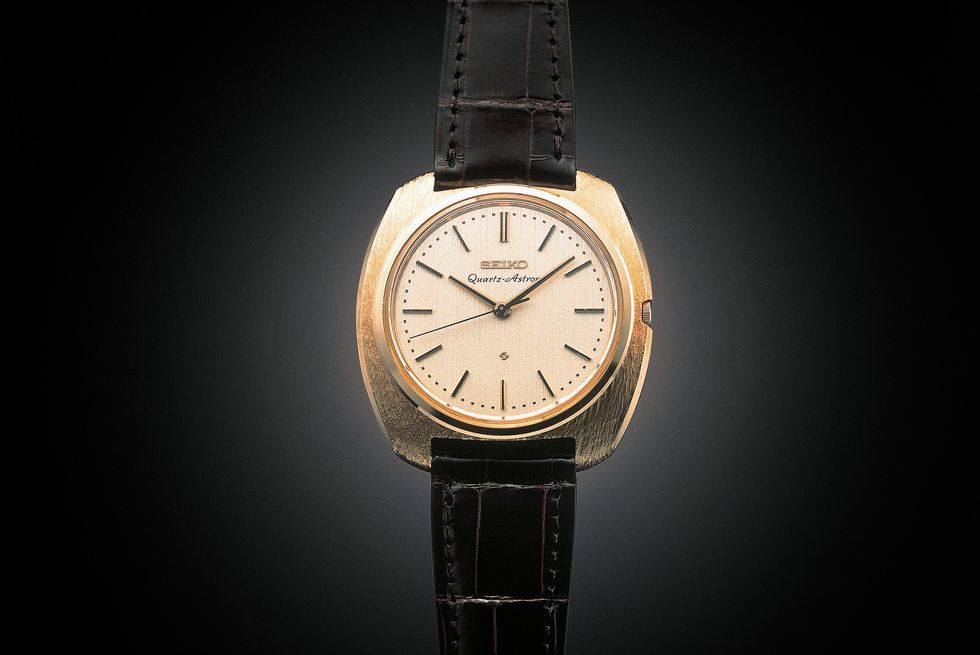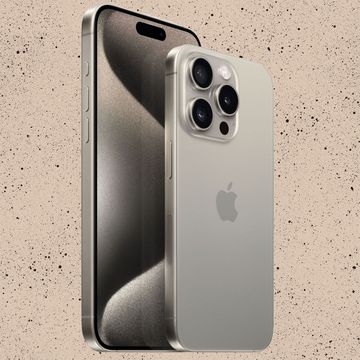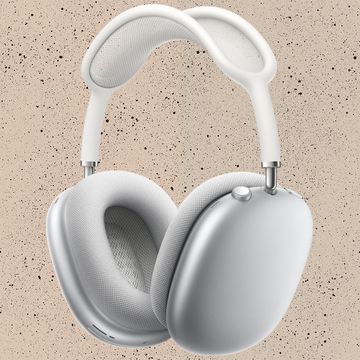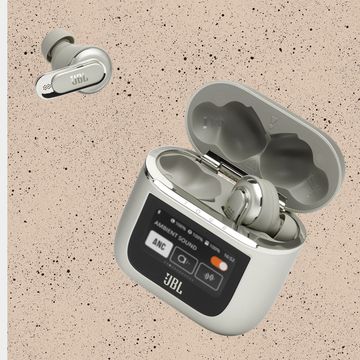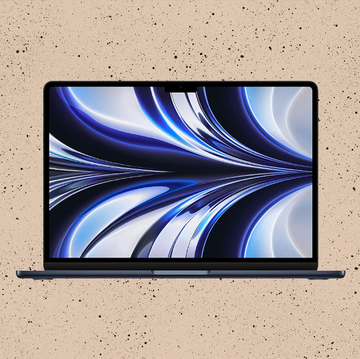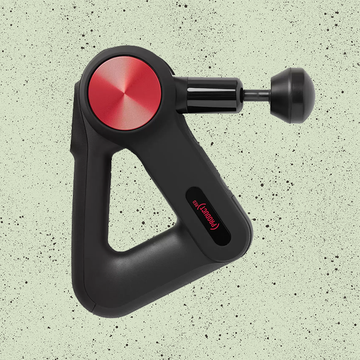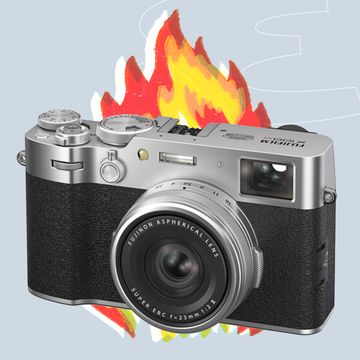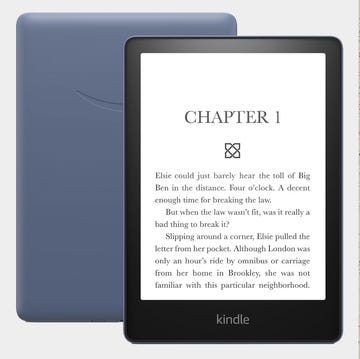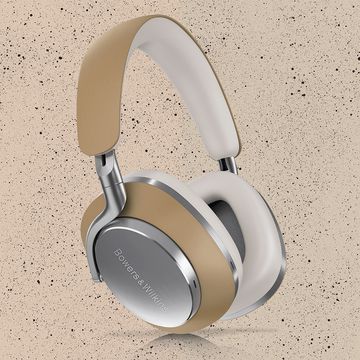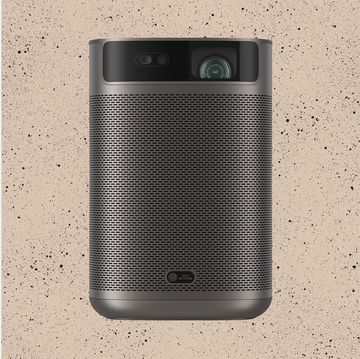Waking up on the morning of 1 January 1969 and – perhaps somewhat blearily – winding your chronograph for the day ahead, it is unlikely you would have given much thought to the effort involved in that everyday habit. If, on the way to work (New Year’s Day would not become a UK national holiday until 1974) you had been in a mood to contemplate the future, it’s more likely you would have hoped for 1969 to deliver a more uplifting year than the one just ended and be a year when the news would be dominated by something other than war and protest.
For six men, however, if the year ahead entered their thoughts on that day it would almost certainly have been with reference to the future of the chronograph. Jack Heuer, Willy Breitling and the CEOs of Hamilton-Buren and Dubois Depraz were involved in a three-way race with Zenith CEO Leonardo Butscher and Itiro Hattori of Seiko to bring out the first automatic chronograph. It was a race a long time in the running; Heuer began toying with the idea in the Fifties, while Zenith had begun work in 1962, hoping it would be ready for the company’s centenary in 1965. Seiko, for its part, reportedly developed its chronograph in just two years.
That it would be occupying the thoughts of Leonardo Butscher on that morning, there is almost no doubt. Nine days later, he would hold a press conference to unveil the provocatively titled “El Primero”, an automatic chronograph movement developed by Zenith following the acquisition of its chronograph supplier, Martel Watch Company, in 1962.
It was certainly seen as a provocation by industry insiders at the time, for the press conference showed only a handful of prototype watches and attracted little by way of widespread media attention. To put things in context, Zenith was then a minor brand, not even able to sell watches in the United States thanks to a clash with the Zenith Radio Corporation. After some initial surprise, the watch world carried on after Zenith’s announcement largely as if nothing had happened.
Charles-Édouard Heuer began considering whether his company could create an automatic chronograph as early as the late Fifties, but rejected it as the available base calibres were all too thick. Buren had pioneered the production of micro-rotor automatic movements in the mid-Fifties (about the same time as Heuer was pulling out of automatics to focus on chronographs); when it produced one in 1962 thin enough to potentially take a chronograph module on top without making the result a monstrosity, Heuer grew interested. Dubois Depraz, as the firm actually carrying out much of the heavy lifting for Heuer’s stopwatches, was recruited. As it turned out, Gerald Dubois was ahead of them, having already researched the idea and spoken to Buren independently. Not being a brand in its own right, it was happy to partner with Heuer to bring the idea to fruition.
The Sixties would become a tremendous decade for Heuer, as it would come to monopolise the market for motoring chronographs and stopwatches. But at the outset of the project, the company’s executives knew it could not swallow the development costs alone. In a rare stroke of collaboration between direct rivals, Jack Heuer approached Willy Breitling to come on board as a partner, sharing the burden. It also worked out that the two brands’ geographical areas of dominance dovetailed neatly, Breitling being stronger in Europe and weaker in Heuer’s powerful US and UK markets. Hamilton would later join the team more or less by accident, as it acquired Buren midway through the process.
The jet age
To travel by aeroplane in the late Sixties was still a thing of some glamour, and new feats in aviation attracted considerable attention from press and public alike. In 1965, New York’s first helicopter transfer service had been launched, connecting JFK airport to the Pan-Am Building, seven minutes flying time away at 200 Park Avenue. Built three years earlier, with Bauhaus legend Walter Gropius among its designers, it was at the time the largest office space in the world. Its canteen on the 58th floor boasted that for lunch it could serve bread baked that morning in Paris. As a symbol of the modern world it took some beating, and it was here that Jack Heuer hosted his press conference on 3 March (in tandem with another event 3,860 miles away in Geneva’s Intercontinental Hotel) to announce the results of Project 99 (the code name given to the consortium’s efforts, at the insistence of Jack’s father).
The day before, however, the world had witnessed an altogether more dramatic launch, one which would slash in half the journey time from France to New York, to just under three-and-a-half hours (and give Paris’s bakers a bit of a lie-in). At around 4.30 in the afternoon of 2 March, after high winds had threatened to shut down the day’s plans, Major André Turcat sat down in the cramped cockpit of Concorde 001 and fired up its four Rolls-Royce Olympus turbojet engines. On his wrist was a Rolex GMT-Master, the watch commissioned from Rolex by Pan-Am to aid its transatlantic pilots. Turcat, a highly decorated French aviator, ascended to a height of 10,000ft at a speed of 300mph before landing after just 27 minutes.
In the small race to get Concorde airborne, France had triumphed over Britain; it was 9 April before Brian Trubshaw became the first to pilot the supersonic liner from Filton, near Bristol. (Turcat would also be the first to take it beyond the speed of sound, on 1 October.) In his book, Concorde: the Inside Story, Trubshaw wrote, with typically British reserve, that “after the drama of take-off, there was little conversation among the crew so I thought I had better say a few words to the effect that everything felt fine and that we were doing very well.” Contemporary news accounts reported that “on touchdown, they celebrated with a Concorde birthday cake made specially by lady aviator Sheila Scott.” (There was no place in aviation for gender politics: America’s highest aeronautical honour, the Harmon Trophy, which then-vice-president Richard Nixon had awarded to Turcat a decade earlier, recognised three categories: aviators, aviatrixes and aeronauts — balloonists, essentially. Later in 1969, it would add a fourth category, recognising for the first time aeronautical achievements beyond Earth’s atmosphere.)
Shooting for the moon
The birth of the automatic chronograph was undoubtedly significant; in truth, the last major mechanical watchmaking development of real significance to the wearer. But it didn’t necessarily transform the fortunes of the three contenders who raced to get it to market. At least, not in a good way. Zenith hit financial difficulties in the early Seventies in part thanks to the amount expended on developing the El Primero. (It would, however, save the company in the long run, as the calibre supplied to Rolex for its Daytona until 2000.) One chronograph brand would have its fortunes transformed in 1969, however, but it had nothing to do with watchmaking.
Omega’s involvement with Nasa’s space programme was nothing new in 1969. Seven years earlier, Wally Schirra had worn the first Speedmaster in space on the Mercury-Atlas 8 mission. But the events of the summer of ’69 would give it a claim no other brand could match, and set the tone for the next 50 years of marketing. Some mystery surrounds which particular Speedmaster was first worn on the surface of the moon (all those present, and indeed all those back home, being understandably preoccupied with the fact that humans were there at all) on 20 July 1969. According to Neil Armstrong’s debrief 11 days later, he stated that he left one of the Speedmasters in the lunar module as the mission clock had broken — but didn’t say whose watch. He later denied all memory of such an event, and Nasa’s records don’t mention it, but the sliver of doubt adds further intrigue to the fate of Buzz Aldrin’s watch. Thought to be a reference ST105.012, it was lost in transit to the US National Air and Space Museum in 1970 and never found. Armstrong’s watch has been owned by the museum since 1973, but the first watch to set foot on the moon, as it were, could still be out there, somewhere.
Omega wasted no time creating the first of five decades’ worth of commemorative Speedmasters: a series of solid 18k gold watches numbered from one to 1,014. The first two were presented to President Nixon and Vice-President Spiro Agnew, who declined the gifts on official grounds – both now sit in the Omega museum in Bienne. Numbers three to 28 were given to astronauts at a celebratory dinner in Houston on 25 November, including three posthumously awarded to the crew of Apollo 1, killed in 1967. Each watch was presented in a cubic box whose surface was sculpted to resemble the surface of the moon, with a beige corduroy mount for the watch inside.
The majority of the remainder were sold to the public, with a few later given to other astronauts, Omega and Lemania executives and – allegedly, although no stories have emerged to substantiate it – various celebrities of the age. Not so many years ago, they could be found on the vintage market for £20,000–£25,000 but are now nigh-on impossible to track down.
Dawn of the digital age
If you had speculated, at the end of 1969, which would be more likely to still be in production in 2018: moon rockets, supersonic passenger planes or mechanical watches, the answer would have seemed obvious. Humankind was destined for the stars; we were all going to be The Jetsons. The digital age was upon us, as well. Attracting less fanfare than Concorde, or Apollo XI, or even Boeing’s 747 airliner, which also first flew in 1969 and arguably better represented the future of air travel than the spiky, difficult, enormously thirsty Concorde, another journey was completed in 1969 that would go on to have the greatest impact on civilisation since the printing press.
On 29 October 1969, a handful of bytes were transmitted some 350 miles across California, from UCLA to Stanford University in San Francisco. The message read simply “lo”; not a biblical sense of their own portentousness on the part of the researchers but the poetic result of a glitch. An hour later, the full word – “login” – was successfully sent, and Arpanet, the forefather of the internet, had completed its first communication.
And as for mechanical watches, it seemed their death knell had been sounded by electronic – if not digital quite yet – developments on the other side of the world. We left Seiko as one of three horses in the automatic chronograph race, and its fate in that competition is harder to pin down than the other two. At the Baselworld fair that April, Itori Hattori congratulated Jack Heuer on his achievement in having an automatic chronograph; by May 1969, Seiko had announced its own, the Seiko 5 Speed Timer, powered by calibre 6139. Later examinations of serial numbers imply the first watches could have been made as early as March, but whether they were prototypes or serially produced watches is unclear. Certainly the watch was only available in Japan for those first few months, while as of the summer of ’69, Heuer and Breitling had delivered watches to retailers. Zenith’s El Primero, it seems, was actually third to reach customers’ wrists, not shipping watches until October.
Perhaps Seiko’s attitude to – or enthusiasm for – the chronograph race was distilled by the knowledge that it had a bigger undertaking at hand. In the space of 10 years, it had reduced the space needed for a quartz oscillator from that of a filing cabinet to something that could be worn on the wrist.
It had already rattled Switzerland when it entered, and later triumphed at, the annual observatory trials for timekeeping accuracy. So much so that the Swiss promptly closed the trials down. In hindsight, it appears an unwitting harbinger of the trouble that was about to hit the world of mechanical watchmaking. On 25 December 1969, Seiko launched the Astron, the world’s first quartz wristwatch. Gold-cased, accurate to +/– five seconds a month with a one-year battery life, and carrying a price tag of ¥450,000 (around £525 at the time), it was, to quote the watch journalist Joe Thompson, “the shot heard around the world” as far as the introduction of quartz was concerned, and in that sense it marked the very beginnings of the “quartz crisis” (as the Swiss call it; in Japan "quartz revolution" is more common, for obvious reasons).
With the fork-shaped oscillator, separated motors and one-second interval it set the template for analogue quartz movements for decades to come. Switzerland was not blind to the possibilities of quartz – it had produced the Beta-21 prototypes under another consortium in 1967 – but as far as realising its potential to disrupt the industry, it was naive and hesitant. By 1977, Seiko would be the largest watch company in the world by revenue, taking $700m from sales of 18m watches. Meanwhile, the Swiss watch industry declined massively until the early Eighties, losing two-thirds of its workforce and dozens of companies.
Today, quartz and mechanical watches coexist happily, each facing disruption from the internet, both in the form of smartwatches and online sales and distribution. Concorde has celebrated its 50th anniversary in 2019 (with some help from Bremont) in bittersweet fashion, not having flown in 16 years, while the half-century of totemic watches for Omega, TAG Heuer and Zenith is being marked with an extravagant flurry of limited editions.
Seiko, meanwhile, moves forward without a nod to its groundbreaking chronograph - to the dismay of many - but the Astron name lives on. As for watches in space, how different the public mood today feels from that of the Cold War-infused “race for space”. Some of us may, however, be lucky enough to see another extraterrestrial adventure capture the world’s imagination – and the dominant watch brands of the time can compete for the title of “first watch worn on Mars”.

